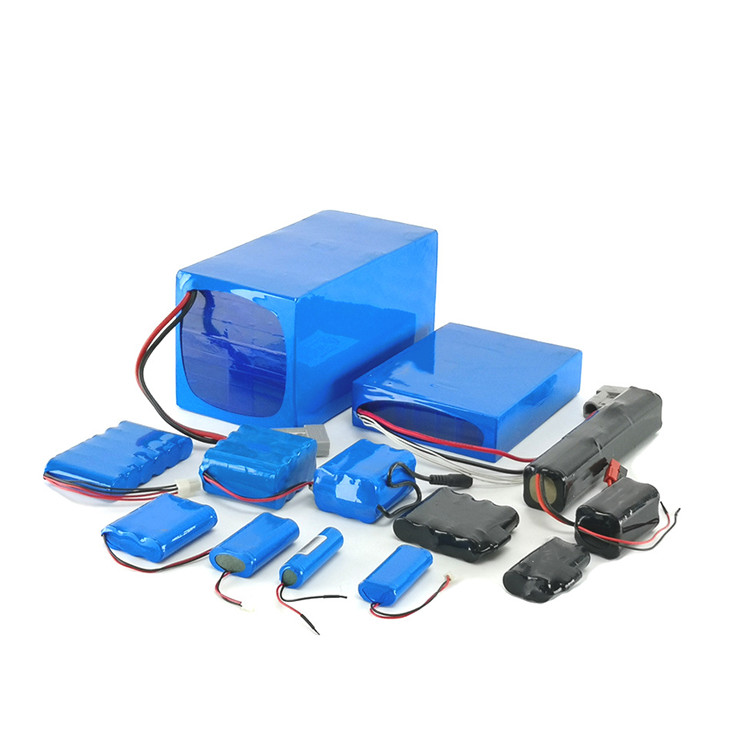Lithium Cobalt Acid Battery
May 10, 2021
As a kind of lithium ion battery, lithium cobaltate battery has strong competitiveness.
To understand lithium cobaltate batteries, we need to understand lithium cobaltate materials.
Data show that lithium cobaltate (LiCoO2) is the earliest commercial cathode material for lithium ion batteries. Because of its high material density and electrode compaction density, lithium ion batteries using lithium cobaltate cathode have the highest volumetric energy density, so lithium cobaltate is the most widely used cathode material in consumer electronics market.
As consumer electronics, especially 5 G mobile phones, the requirements for lithium ion battery life and volume are increasing, it is urgent to further enhance the battery volume energy density.
Increasing the charging voltage of lithium cobaltate battery can improve the volumetric energy density of the battery. The charging cutoff voltage has gradually increased from 4.20 V in 1991 to 4.45 V (vsLi / Li), and the volumetric energy density has exceeded 700 Wh/L.. The charge cutoff voltage of lithium cobaltate battery has been gradually increased from 4.20 V in 1991 when it was first commercialized
The advantages and disadvantages of lithium cobalt battery made of lithium cobaltate are very prominent.
The advantages of lithium cobaltate battery are stable structure, high capacity ratio and excellent comprehensive performance.
Disadvantages, lithium cobaltate battery safety is poor, high cost.
Lithium cobaltate battery is mainly used in small and medium size electric core, widely used in notebook computers, mobile phones, MP3/4 and other small electronic equipment, nominal voltage of 3.7 V.








 Sales
Sales Sales
Sales Sales01
Sales01
 Sales Manager
Sales Manager